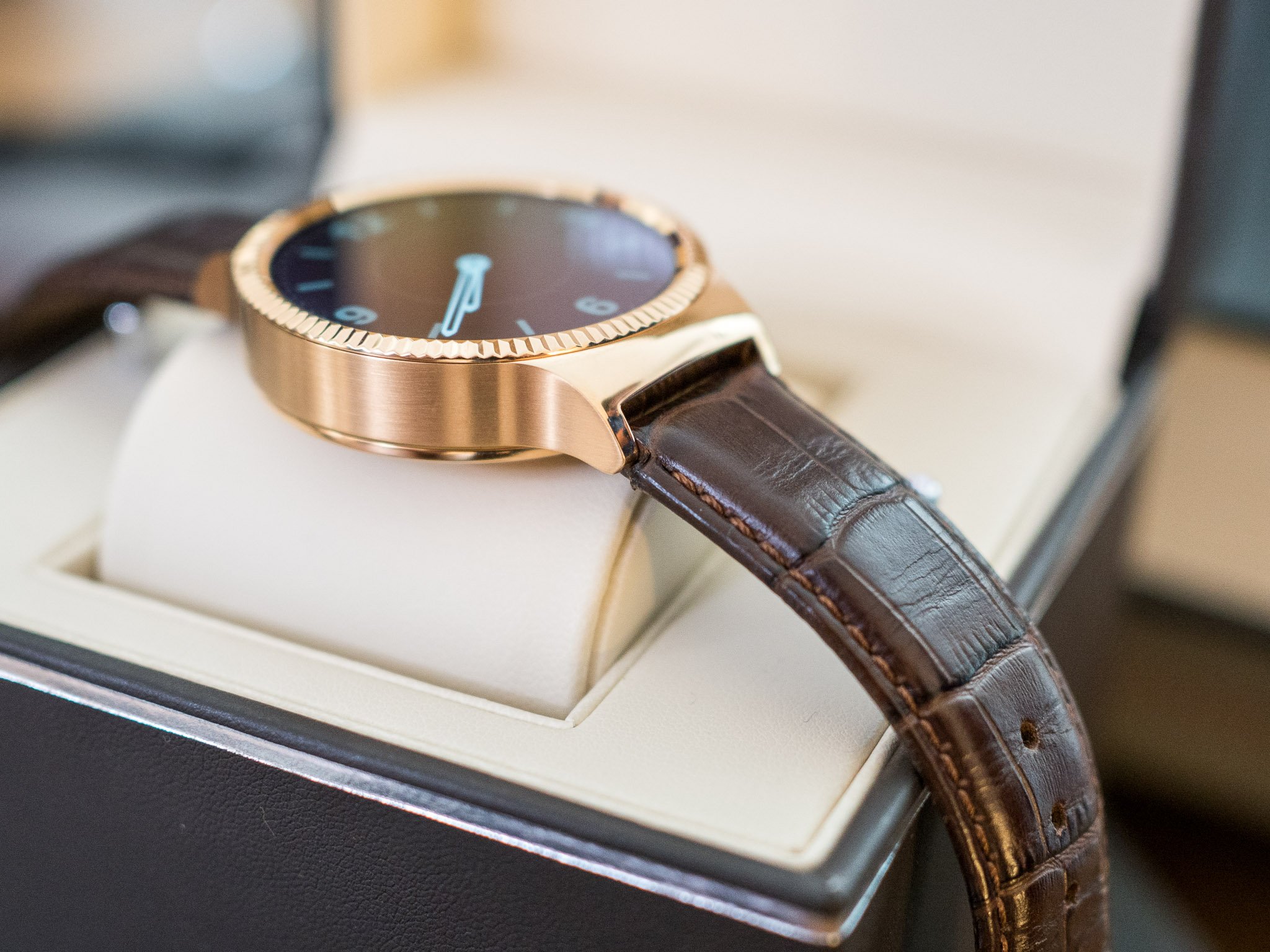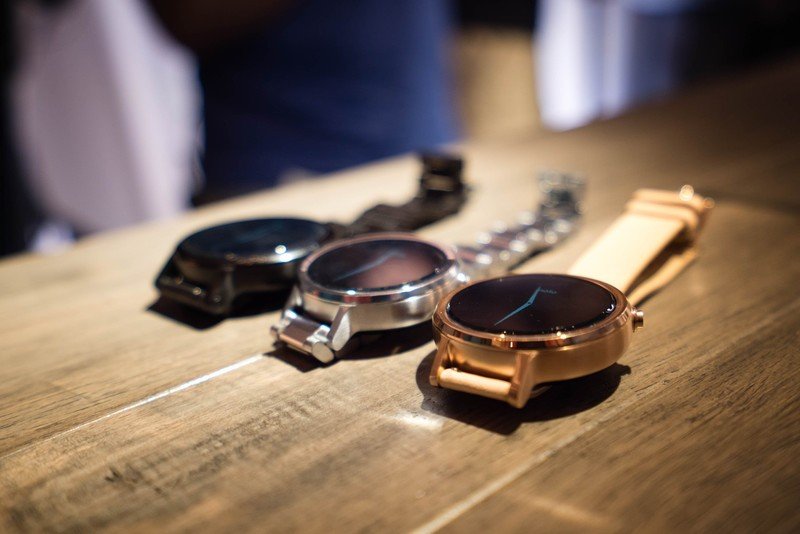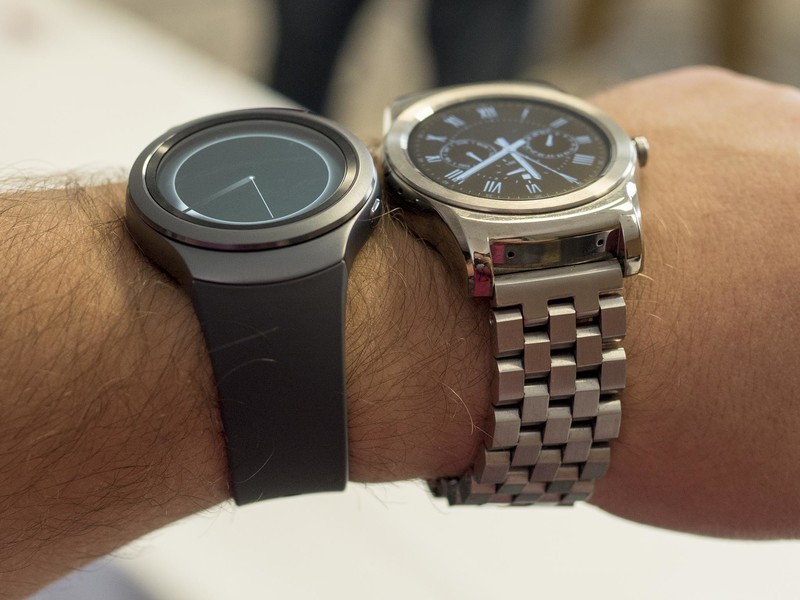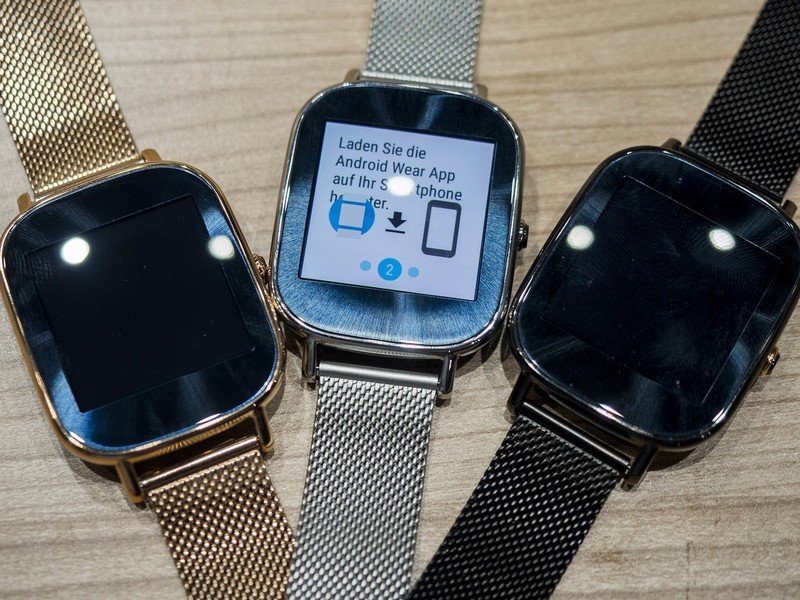No, Android Wear isn't stagnant

As early adopters, many of us Android folk are used to living on the bleeding edge. The hardware, powered by not-quite-polished software, is what some of us live for. It's cool to have access to the next generation of technology, stuff that the average user won't even touch for months. We look for phones and tablets with the fastest processors, the densest pixels, and the most interesting design, because it makes us happy to do so.
As a result, what is happening with Android Wear right now frustrates a lot of early adopters. With the release of Huawei's Watch, the Moto 360 refresh, and even the new Asus Zenwatch, it almost feels like progress has slowed on purpose. While that's not totally true, it has become increasingly clear Android Wear will never be a hardware arms race. Some of that has to do with the manufacturers, but most of why Android Wear will be different from Android has to do with decisions made at Google.
The cost of tiny

Without a doubt, the most complicated part of developing a smartwatch is combining miniaturization with style. Making something small and functional is hard, but making that same small, functional thing look nice and still do everything you want it to do takes an entirely different skill set.
It's easy to confuse this for stagnation, but in truth it's the cost of placing design on the same pedestal as functionality.
Looking at the Android wear Gen 2 watch lineup, which essentially starts with the LG G Watch R and end with everything announced at IFA this year, you'll see most manufacturers hit the same basic roadblocks. The watch needs to be small enough for mass appeal, but it also needs to have a minimum amount of hardware to make it something people will actually buy, at a price people will actually pay. It doesn't do the company any good to release a $600 base model with a 500mAh battery and a next-gen processor, nor is it functional to release a razor-thin smartwatch with a 150mAh battery and a terrible display.
The balance point is what you see on the market today, slightly better than 330 x 330 resolution displays with Qualcomm's Snapdragon 400 powered by something in the neighborhood of 350mAh. Each manufacturer made some choices about which side of this balance point they thought would sell the most watches. Huawei focused on the highest resolution display and the most watch-like design at the cost of battery capacity and features. Motorola focused on features and the least possible bezel at the cost of a truly watch-like design. Every watch leans in one direction or another, but they all lean from this same basic balance point. It's easy to confuse this for stagnation, but in truth it's the cost of placing design on the same pedestal as functionality.
Unity above all else
Be an expert in 5 minutes
Get the latest news from Android Central, your trusted companion in the world of Android

Unlike Android, where manufacturers can make deep and lasting changes to many parts of the Operating System and choose to maintain a fork of the core themselves, Google controls the keys to the Android Wear kingdom. Manufacturers can add apps and watchfaces to their launch builds, but you're going to get the same overall experience when you move from watch to watch. Google's walled garden gives the company a great deal of control over what is supported, and manufacturers need to operate within those boundaries to create their products.
Google's ability to offer a single target for developers to create against is its greatest strength in the wearables market for the time being.
The benefit to users is a guaranteed set of updates, with new features added as soon as Google has them ready. The natural cost there is anything a manufacturer thinks is a great new usage paradigm or feature set has to either be approved by Google or put in something that doesn't run Android Wear. The Samsung Gear S2 is a perfect example of this. There are a lot of folks that enjoy the Samsung Gear Live, but the Gear S2 includes features and hardware ideas that don't function within the current Android Wear usage paradigm.
This isn't likely to change anytime soon, for a couple of reasons. First, Google's ability to manage expectations with software updates is incredibly important to their ability to compete with Apple's Watch, especially now that iOS support has been added to the mix. Second, manufacturers have proven at just about every turn that it's easy to decide something shouldn't be supported if it didn't sell enough. Google's ability to offer a single target for developers to create against, while offering a similar experience across the board, is its greatest strength in the wearables market for the time being.
Far from stagnant

The most important part of Android Wear right now is the ability to pick which shape and size you want your wrist computer to be. In this context, where Android Wear is a single experience with multiple outer shell options, similarity doesn't mean stagnation. Google can continue to support this single basic template for quite a while, and while there are those out there who wish these watches had a little more storage for music modes, the rest of the hardware in these watches is going to be more than enough for a while. There's not going to be a major hardware evolution in the next year that will lead to a wildly different Android Wear experience, and that's a good thing.
It's probably inappropriate to go so far as to call these watches built to last, but it's clear there's a focus on this design being built such that it's not obsolete in a few months. Many early adopters are used to that happening with phones and tablets already, so in some ways it was expected with Android Wear, but at this intersection of miniaturization, cost, and design, it's clear we're going to see improvements happen in waves. So settle in, we're not due for another wave for a bit.

